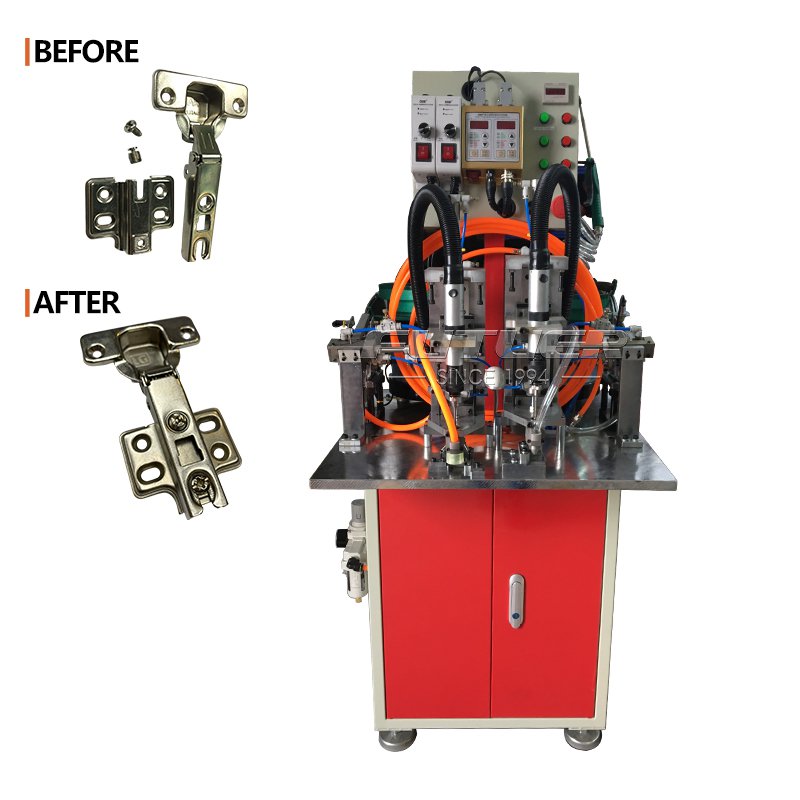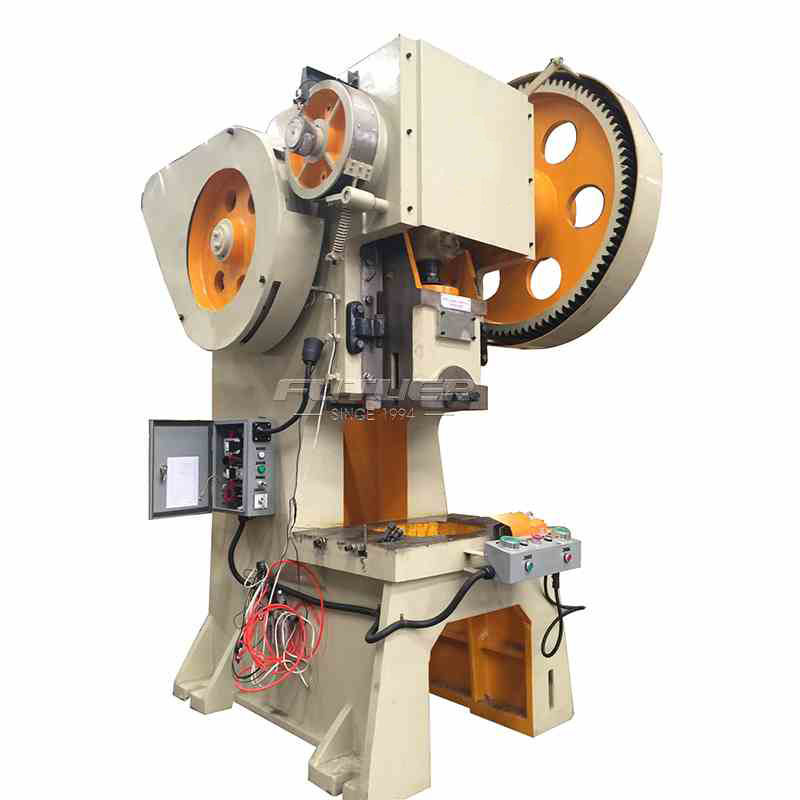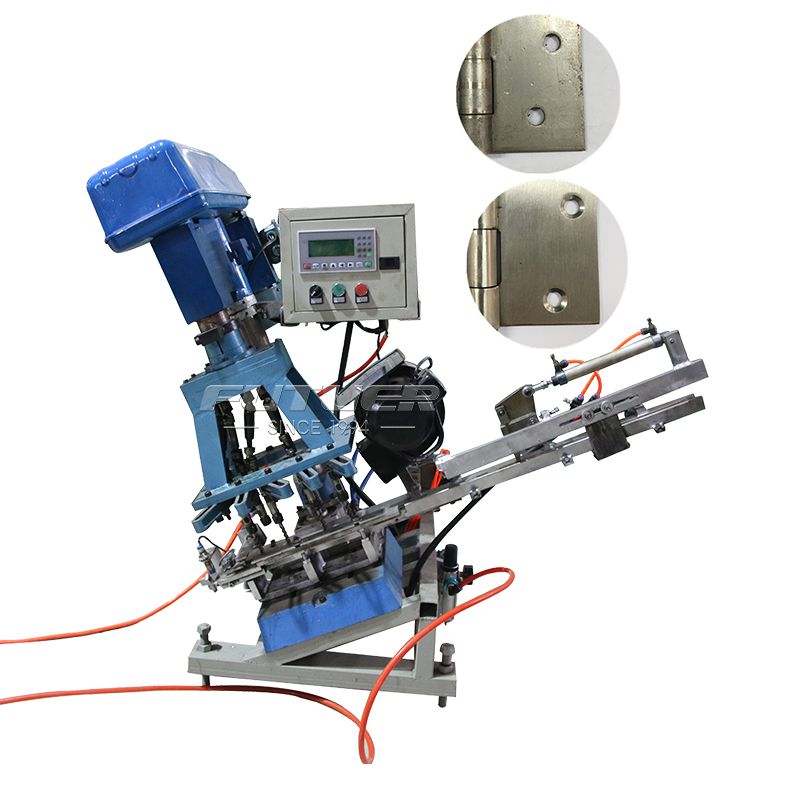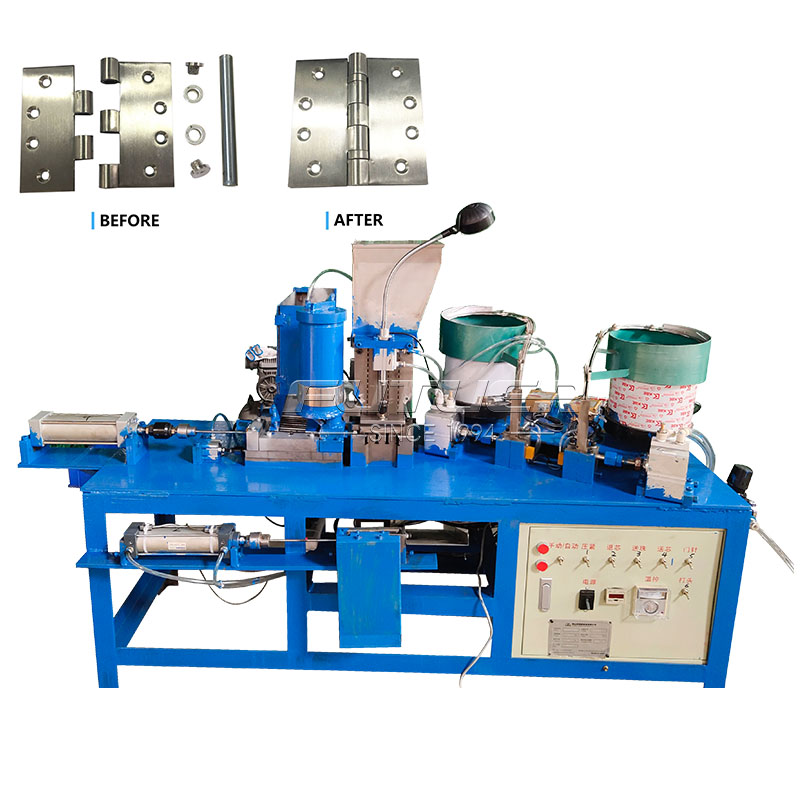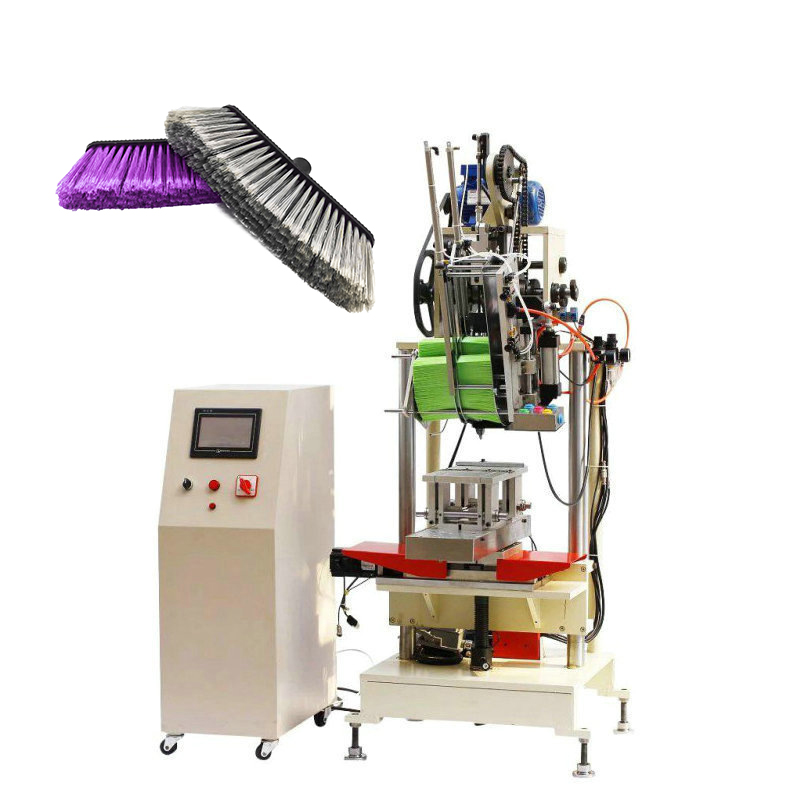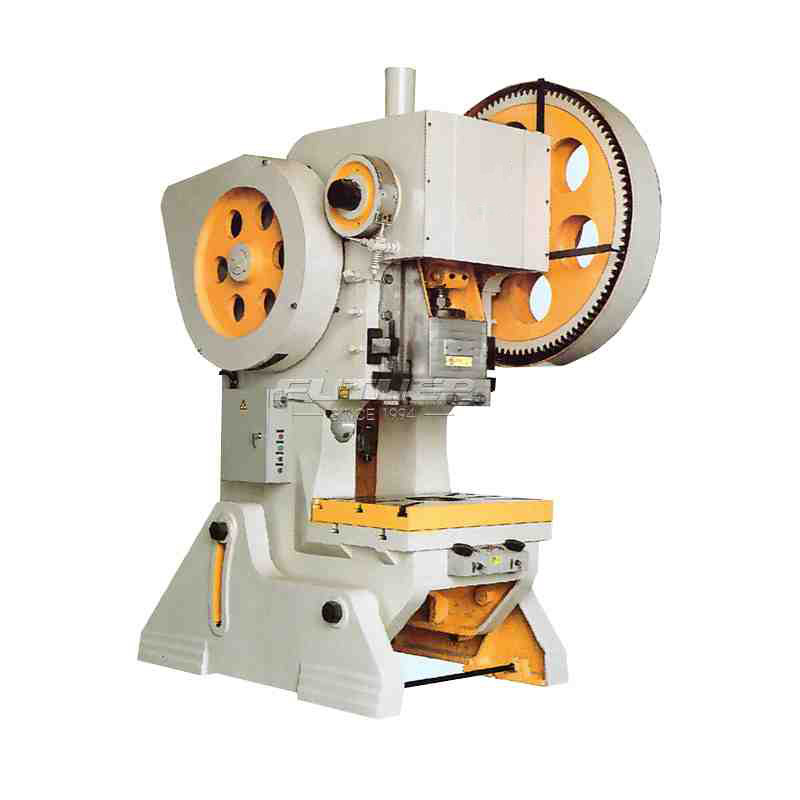In the intricate world of furniture manufacturing, precision and efficiency are paramount. At the heart of this process lies the cabinet hinges screw fix machine, a vital tool that ensures seamless assembly of cabinet doors and frames. Understanding the significance of this machine requires a closer examination of its functionality and relevance in the furniture industry.
Importance of Cabinet Hinges in the Furniture Industry
A cabinet hinges screw fix machine is a specialized equipment designed to automate the process of fixing hinges onto cabinet doors and frames. It employs various mechanisms to accurately position and secure hinges, eliminating manual labor and enhancing production efficiency.
Cabinet hinges play a crucial role in the functionality and aesthetics of furniture pieces. They facilitate the smooth opening and closing of cabinet doors while also contributing to the overall design aesthetic. Therefore, the precise installation of hinges is essential to ensure the durability and functionality of the finished product.
Types of Cabinet Hinges Screw Fix Machines
Manual Screw Fix Machines
Manual screw fix machines are the traditional option for installing cabinet hinges. They require human intervention to position the hinges correctly and drive screws into place.
These machines typically consist of a base platform with adjustable fixtures to hold the cabinet door or frame in place. A manual lever or crank is used to drive screws into the pre-drilled holes of the hinges.
While manual screw fix machines offer flexibility and simplicity, they are labor-intensive and prone to human error. Achieving consistent precision can be challenging, leading to variations in hinge alignment and stability.
Automated Screw Fix Machines
Automated screw fix machines represent the latest advancement in hinge installation technology. They utilize robotics and programmable systems to automate the entire process, from hinge positioning to screw driving.
Automated screw fix machines feature robotic arms equipped with precision sensors and actuators. These arms can accurately position hinges according to predefined specifications and drive screws with optimal torque.
The primary advantage of automated screw fix machines is their unparalleled precision and consistency. They minimize human error and ensure uniform hinge alignment across all cabinet doors. However, these machines tend to be more expensive and require specialized training for operation and maintenance.
cabinet hinges screw fix machine
Factors to Consider When Choosing a Cabinet Hinges Screw Fix Machine
Precision and Accuracy
In the realm of furniture manufacturing, precision is non-negotiable. A cabinet hinges screw fix machine must be capable of consistently positioning hinges with utmost accuracy. This ensures proper alignment and smooth operation of cabinet doors, enhancing the overall quality of the finished product. Moreover, precise hinge installation contributes to the long-term durability of furniture pieces, preventing premature wear and tear.
Speed and Efficiency
Time is of the essence in manufacturing operations, and the speed of hinge installation directly impacts production efficiency. A fast and efficient screw fix machine can significantly reduce assembly time, allowing manufacturers to meet tight deadlines and fulfill customer orders promptly. Additionally, improved efficiency translates to cost savings, as it minimizes labor expenses and maximizes overall output.
Versatility and Adaptability
Flexibility is key when selecting a cabinet hinges screw fix machine, as furniture manufacturers often work with diverse designs and materials. The machine should be capable of accommodating different hinge types and sizes, as well as various cabinet materials such as wood, metal, or composite materials. This versatility ensures compatibility with a wide range of production requirements, enabling manufacturers to adapt to changing market demands seamlessly.
Conclusion
The cabinet hinges screw fix machine stands as a cornerstone in modern furniture manufacturing, offering precision, efficiency, and versatility. Whether through manual or automated systems, these machines play a pivotal role in ensuring the seamless assembly of cabinet doors and frames. As the industry continues to evolve, advancements in technology, such as AI and robotics, promise to elevate hinge installation processes to new heights of accuracy and automation.


